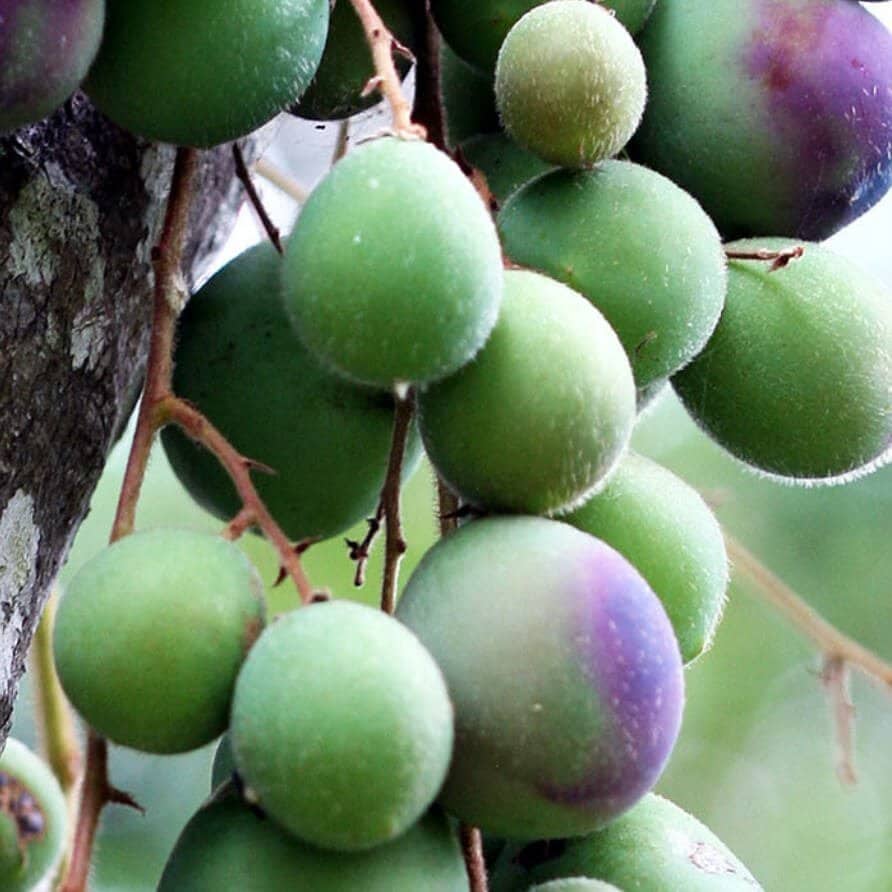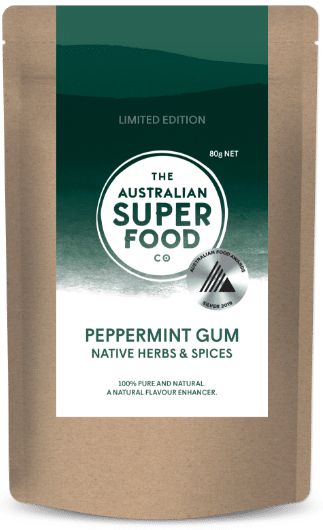The peppermint gum (also known as Eucalyptus Radiata) is commonly found in south-eastern parts of Australia and grows to about 30 metres in height.
Indigenous Australians used peppermint gum as a tonic for gastro-intestinal symptoms. When mixed with water, the gum was taken internally to calm the stomach and used as a health tonic. The leaves were also used to make tea to treat fevers.
Download The Australian Superfood Co provenance map here.
Flavour:
A strong, fresh peppermint flavour with earthy, botanical eucalyptus notes.
Palate:
Strong minty overtones with refreshing botanical eucalyptus notes.
Aroma:
A strong, refreshing aroma of peppermint with sweet, earthy eucalyptus notes.
Its strong sweet, mint flavour makes it the perfect feature flavour in desserts, cakes and savoury dishes, as well as sauces, pastries and biscuits. A little goes a long way with this robust herb, so it is recommended to start with a small amount, and add more according to the desired flavour. Try adding it to salad dressings and marinades, jams and preserves, and glazes and syrups. It also adds a wonderful flavour to poultry stuffing and meat-based dishes.
Use peppermint gum to flavour soups, as we have done with our Creamy Pea and Mint Soup, to create an intense flavoured mint sauce or to create a minted yoghurt dressing for Indian curries. It also pairs well with cream-based desserts, chocolate, ice cream and sorbet, and complements a variety of fruit such as apple, pear, citrus, mango and pineapple.
Peppermint gum lifts the profile of alcoholic beverages such as gin, vodka, white rum, Cointreau and tequila. It adds a refreshing minty taste to soda, tonic, mineral waters and lemonade.
Click here for delicious Peppermint Gum recipes.










